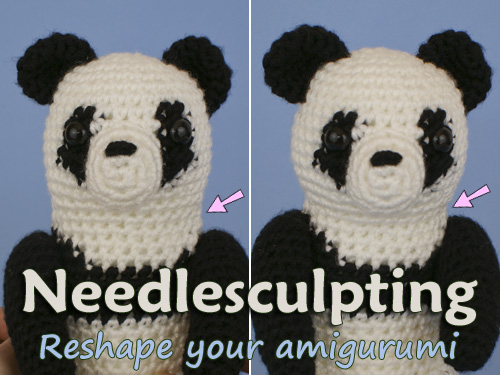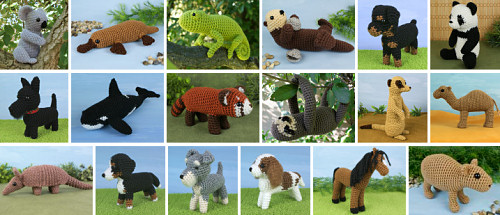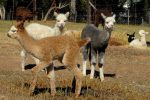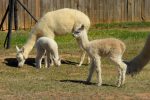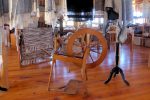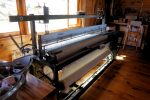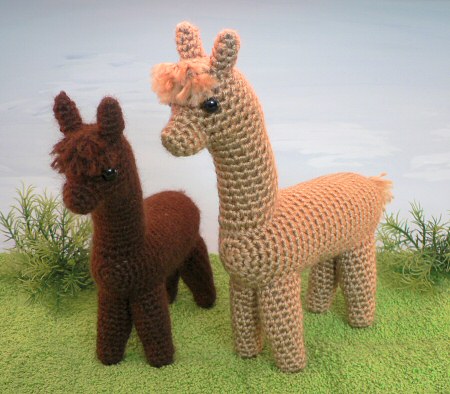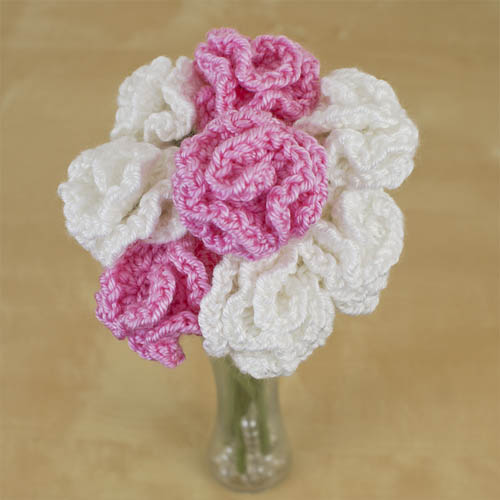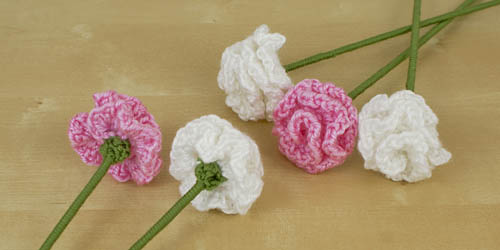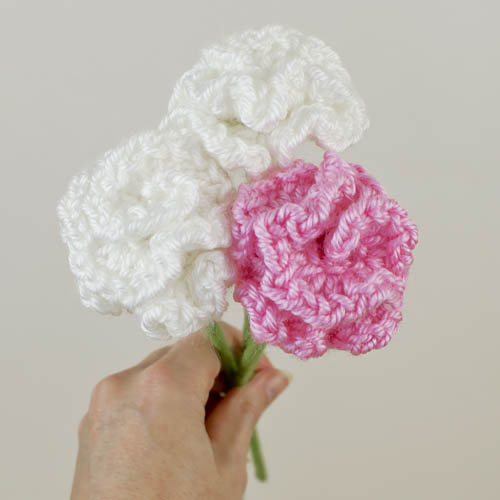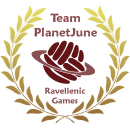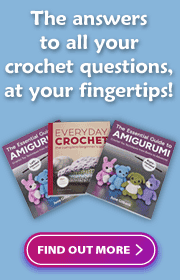It’s been three years since I started logging my customer support requests, or, more accurately, questions, comments and suggestions that ask for a response from PlanetJune.
I’ve recorded almost 2300 interactions, and now I have three full years of data, I can do a comparative analysis and see if the ‘improvements’ I’ve been making to PlanetJune have actually been making a difference to my workload!
(If you run your own business and don’t already track your customer interactions, you’ll definitely want to read on to see how tracking this info has helped me…)
The Numbers
The number of support requests I’ve received overall has dropped slightly each year (from 788 to 757 to 735) – that’s almost a 7% drop since I first started logging requests.
(But that doesn’t show the whole picture: during that time I’ve increased my sales significantly without any sign of a corresponding increase in the volume of customer support. If the same proportion of my customers had a question for me now, I’d expect to see well over 1000 queries per year by now, so a small drop actually represents a big win!)
I’ll give you some more details below, with the overall percentage first, followed by a breakdown by year, from three years ago to today: (Year 1, Year 2, Year 3), so you can see any trends over time.
Sources
69% (70%, 69%, 65%) of support requests come directly through PlanetJune (email, blog comment, shop message form).
The other 31% (30%, 31%, 35%) comes through Ravelry, Etsy, social media, YouTube, etc.
Type of Support Requests
17% (12%, 20%, 19%) are Etsy-related.
16% (20%, 16%, 14%) are for technical support.
14% (13%, 13%, 16%) are for general crochet/craft support or requests for help with another designer’s pattern. [I only log these requests when I respond to them, so this number is far smaller than the actual number of questions I receive.]
13% (13%, 14%, 12%) are for pattern support (pre- and post-sale).
10% (13%, 12%, 8%) are for account administration.
6% (7%, 5%, 5%) are suggestions for new content (patterns and tutorials).
6% (5%, 6%, 7%) are requests for items I don’t sell (finished items, patterns for art pieces, translations).
5% (3%, 5%, 6%) are navigation related (where to find a certain pattern/tutorial).
The remaining 13% covers a miscellany of different subjects, ranging from requests from the media and offers to write books, to notices of my patterns being copied or pirated.
Improving Systems
My goal when I started tracking these numbers was to see where I can make improvements to streamline my business by:
- Reducing customer questions and building my FAQ so people don’t need to contact me for help
- Setting up canned responses for common questions so I can minimise the time I spend answering the remaining questions
I’ve improved several systems during these three years, and I’m happy to see that those are having a clear effect: despite having more customers, I see fewer tech support and account admin questions each year, as I keep trying to make every step easier to understand.
There’s still room for improvement; for example, I’m seeing more people every year contact me to ask for the link to a specific pattern in my shop. I don’t know why this is, but perhaps there’s a way I could make it more obvious how a customer can find the answer without contacting me.
The Etsy Factor
The biggest barrier to my success in reducing queries is the customer support burden from Etsy, and I know exactly why that is: people on PlanetJune.com generally know where they are and what they’re buying, but many shoppers on Etsy see a pretty photo and hit ‘buy’ without reading the title or description, leading to a lot of misunderstanding about:
- What they’re buying (yep, it’s a downloadable PDF pattern, not a completed toy for $5 with free shipping!)
- How they’ll receive it (clearly stated in both the item description and in the ‘note from seller’ that’s sent with every order, but many Etsy shoppers don’t read any of that)
I see this as a part of my cost of using Etsy – not just in terms of the tangible cost of the Etsy fees, but the time cost of dealing with customer questions and misunderstandings. Despite this, Etsy remains a valuable funnel for new customers to find me (and then, hopefully, to buy directly from PlanetJune in future) so the fees and time are worthwhile expenses.
Even though my sales through Etsy make up only a small percentage of my income – and a much larger fraction of my customer support interactions – not having a presence on Etsy would be a mistake, as many potential customers only think to look for crochet patterns on Etsy and would never find me in the first place if I didn’t show up in the Etsy search results.
And, although the numbers are high, the misunderstandings are the same things over and over again: people not realising what they’ve bought or how/when they’ll receive it, so I’ve set up standard responses that make dealing with these questions very fast.
Verdict: Is Tracking Queries Worthwhile?
If you run a small and growing business, I’d definitely recommend tracking your customer support requests. It’ll give you a clear picture of support areas you may be able to improve, and the data to be able to provide the answers to questions on your website so your customers don’t need to contact you.
If you’re planning for the future of your business, being able to calculate whether you can expect to be overrun with customer support as your business grows, or whether this is an area you can continue to manage yourself, is critical. Might you need to hire a customer service manager at some point? Or will your systems be able to keep your admin workload in check?
For me, for the time being at least, the answer as shown from my analysis is encouraging. I’ve created a solid foundation for a long-term manageable business, but I’ll keep tracking requests so I can monitor my workload and keep looking for areas where I can tweak my systems to improve the PlanetJune experience for all my visitors.





